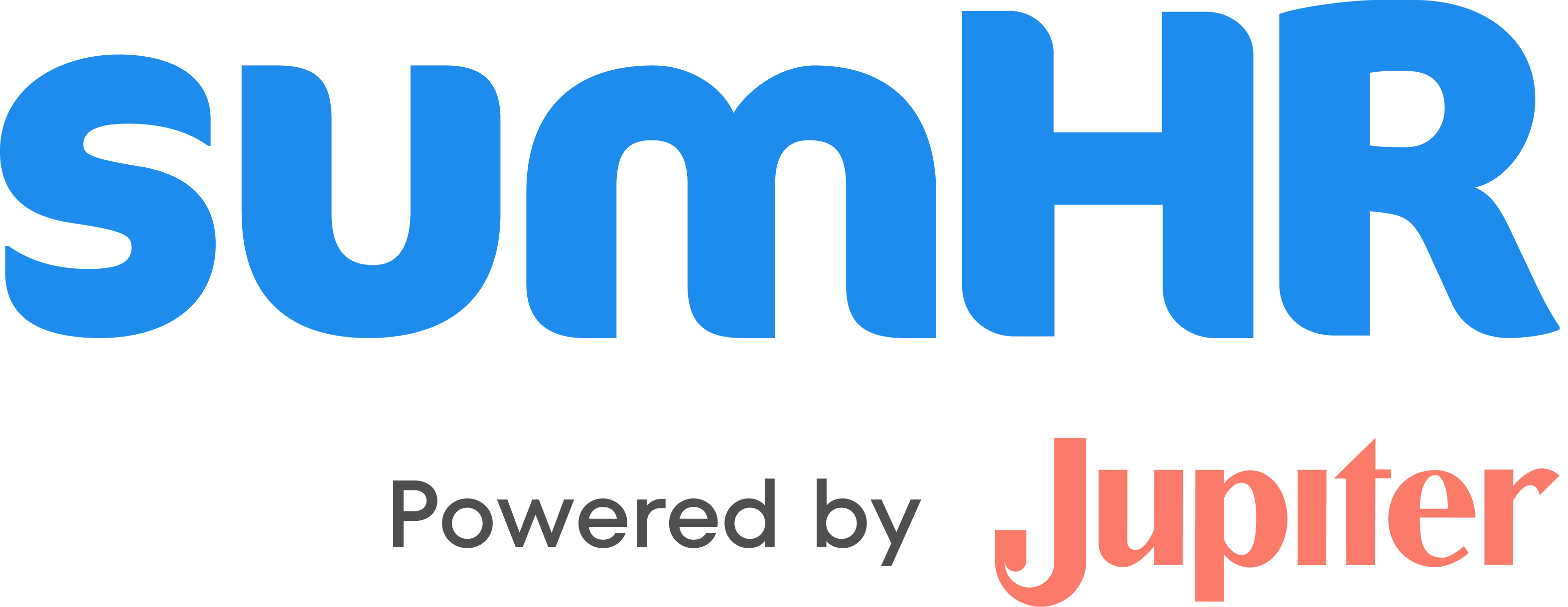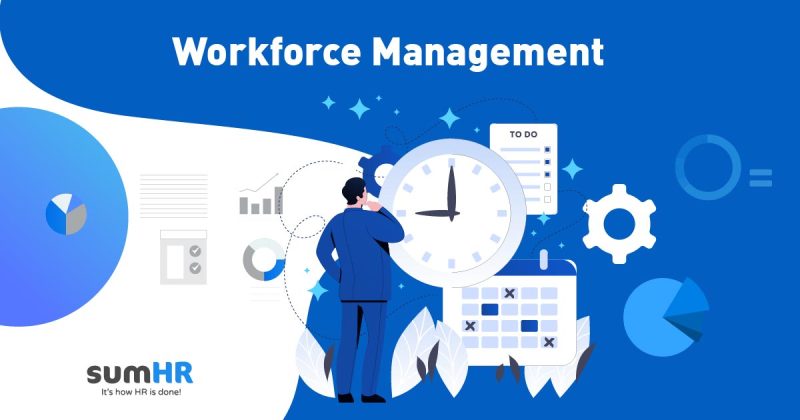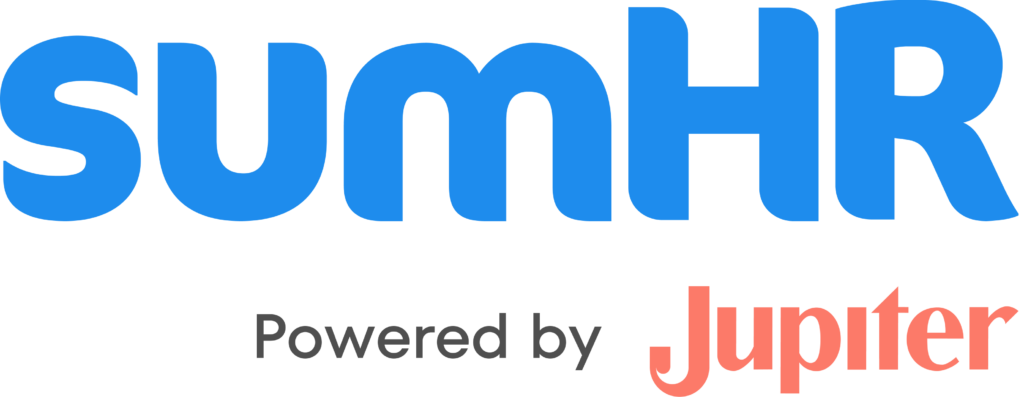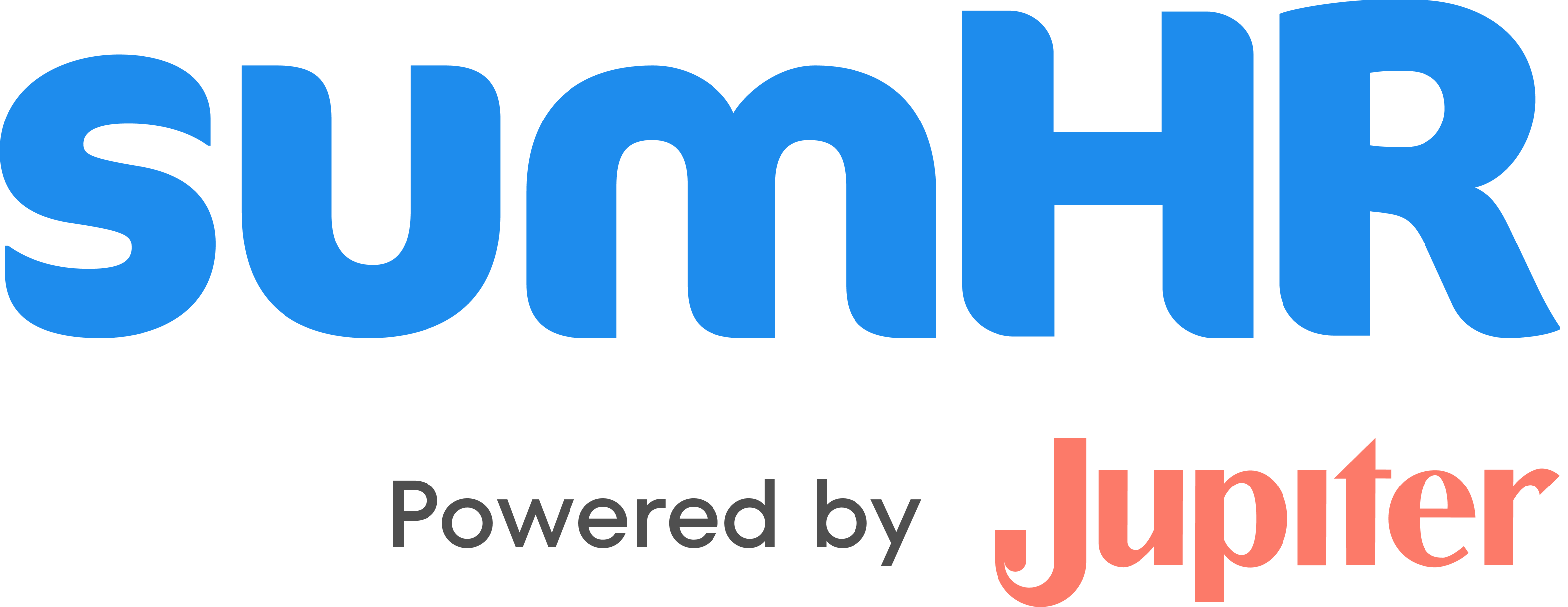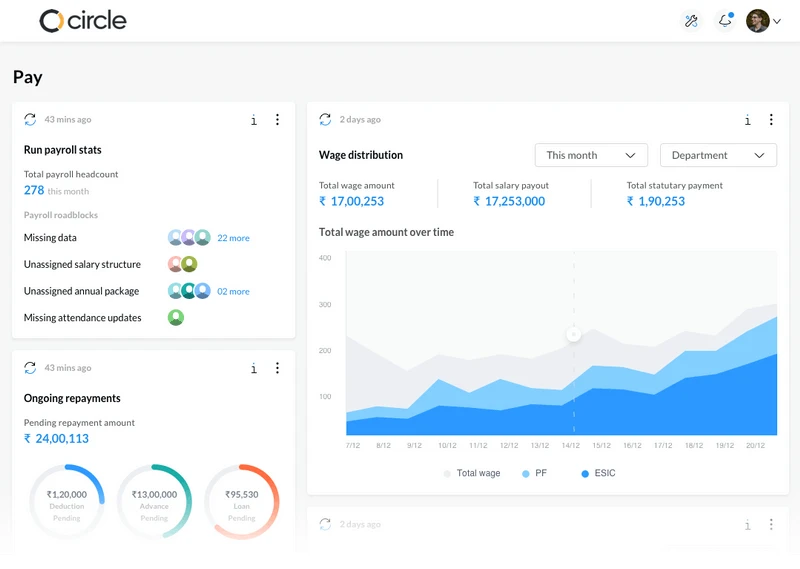What is Workforce Management?
Workforce Management is an essential aspect of the HR function. The term in itself explains how the workforce can be the best management. There are many elements in an organization that is beyond products and services. The core element that drives any organization is its workforce, and to the manager, the workforce efficiently is the broader aspect of Workforce Management.
Workforce management is not an alien or evolving aspect. Instead, workforce management has been an inherent part of every organization engaging a larger workforce. However, it has been done all manually until recently. Process automation has made tasks simpler and much more manageable. Management encompasses broader aspects of the organization though we are dealing with only human resources. Let us understand the processes that contribute as a whole to management.
Workforce management is planning, tracking, evaluating, time, and resource management. All this is to ensure that the processes run under schedule and benchmarks. It means complete command of a set of processes that broadly standardize working, scheduling, and production timelines. The management is adapted to suit individual company processes and also monitored for efficiency mapping and guide schedules.
Workforce management has various aspects. All these aspects can now be automated and enable organizations to access records faster, and process likewise
What is Workforce Management Process?
1. Payroll
Payroll is one of the most important and vast functions under the workforce management umbrella. Benefits, absences, and incentives further govern payroll. However, the more inputs, the more intricate the calculation. Manually performing payroll for a workforce is a task, and workforce management makes payroll processes easy to manage along with generating necessary reports.
2. Benefits
Employee benefits like sales incentives, HRA, overtime, bonuses, and others are calculated and monitored under the workforce management function. Benefits in itself can be a database for further reference for payroll and audits.
3. Onboarding
Onboarding exercise is a part of every organization. A new employee joining an organization has to go through the onboarding process, which is a detailed one. The documentation can be captured under a systematic process of onboarding and induction.
4. Absence / Leave
Personal or other matters will push employees to take leave. The leave applications, acceptance, rejection, and documentation can all be captured under Workforce management for payroll purposes and future records. Leave records also help HR /Managers ascertain passing leave applications.

5. Staff Scheduling
Staff scheduling is an essential and primary aspect of workforce management. Plan, monitor, and power is a different parameter of the board operation. Staff scheduling overlooks issues like – planning for deputing staff, shift timings, productivity benchmarks, understaff monitoring and allocation, time management, efficiency benchmarks all this, and more can be monitored through staff scheduling.
6. Logging In /off
Logging in and off are pivotal data useful for generating payroll and leave management. Many organizations have moved to biometric systems to capture login and log-off timings. This system not only tracks time but latecomers and absences. This data is essential not only in payroll but to control absenteeism and late comings.
Also Read: What is HR Software?
7. Forecasting
HR forecasting is primarily on employee recruitment. In the event of an upcoming project or prospective projects in the pipeline, HR works on a precise prediction of employee resources. The forecasting exercise helps bridge the gap between the existing and the expected. A calculated forecast results in better budgeting and resource allocation.
8. Budgeting
Budgeting is an essential aspect of any business. However, when it comes to organizations, different departments have their budgets. Budgeting is a principal activity that ensures going forth; everything is in place. In the absence of a structured budget, many operations may overshoot expenses or resources might be wrongly allocated. Budgeting puts a hold on costs as well as formalizes processes. Workforce management encompasses budgeting as a primary activity of importance.
9. Compliance
Abiding to compliance ensures smooth functionality. Compliance under its purview monitors legal aspects of state and local laws and can save fines, lawsuits, and a disgrace to the company name. Compliance also controls agreements, associations, bindings, standards, obligations, certifications, roles, and responsibilities all in the spread of a well-structured organization.
10. Performance Management
The performance management parameter is comprehensive and differs between different organizations. However, every company has a set benchmark for performance, and this, in turn, is used to value or disengage current employees based on performance. Performance management helps organizations analyze individual performance and therefore ascertain productivity standards and also rewards. Workforce management engages in many metrics. Under a broad spread of information, workforce management can help obtain relevant and precise data, whether it is tracking daily performance, employee productivity scale, transactional volume, or just an hourly or daily activity schedule.
11. Workforce Management
Workforce training is another aspect of workforce management that gives a yardstick of the employees who can be scheduled for training. Performance management and appraisals as tools can chip in data for workforce training
12. Attrition
Attrition is surrounded by Workforce management as an integral function that can be monitored and controlled. Monitoring performance parameters also gives a fair inkling of the non-performers or the lagging employees. Much can be stated based on this data to forecast and thereafter control attrition.
The More Significant Benefits of Workforce Management of Course Are:
1. Streamlined processes and activities.
2. Agile operations.
3. Scheduled and timed activities.
4. Absolute resource management.
5. Enhance work engagement and performance management.
6. Identify resources for training or disengagement.
7. Reduce absenteeism and late arrivals.
8. Optimized use of labor under strict timelines and budget.
9. A structured forecast of department activities.
10. Curtailed administrative costs.
11. Paperless processes hence, easy accessibility and retrievals.
12. Better production schedule and resource allocation.
13. Payroll management.
14. Accurate costing due to a budgeted approach.
15. Database management.
16. Access to reports and analysis for future strategies.
Workforce management actually controls, monitors, and documents the different activities under a variable set of parameters and thus generates exhaustive information that can be sourced for various processes.
Workforce Management and Extensions
Under its classic structure has been able to assist organizations in performing better. With the changing times, WFM as a tool has also been used to help with functions.
Workforce Management Analytics
Workforce Analytics concentrates on workforce planning issues. A sea of data can thus be explored and analyzed to present specific and relevant reports and forecasts for building strategies. Workforce analytics is a step beyond HR functions to derive estimates like – employee turnover, optimization of skills, probability of attrition, predicting future technology needs, and identifying non-performing resources, and assets, to name a few.
Companies that are heavy on data can inculcate workforce analytics to predict and plan department-specific or operation-specific forecasts.

Workforce Analytics Can be Adapted For:
1. Budgeting of Labor
Budgeting the employee resources needed for shorter assignments, temporary assignments, or need-based labor.
2. Skill match
Innumerable work profiles and related individual skill expectations could be set as an assessment prototype.
3. Asset Monitoring
Keep tight control of company assets like laptops, keys, files, etc. that move around different departments and employees. Also, maintain a record of asset allocation and return.
Workforce management automation has been adopted across companies that understand the broader and finer reach of the function and how it will influence a company’s planning and working. Many organizations are yet reeling under the manual burden of maintaining records. However, an automated workforce management system can come as a real-time advantage to processes and beyond.
4. Automation
Automation of any process means the data sits online and can be accessible at the touch of a button. The data can be maintained centrally so offices situated geographically apart can access information in real time.
Automation means a better and more structured working environment that is paperless.
5. Scalability
It can be adapted by companies that are growing. Inculcating the culture of workforce management would mean data management and can support the different functions efficiently as the organization grows.
Set Dedicated Algorithms
The different processes in an organization are monitored, and data is captured to fine-tune a different set of pre-defined algorithms. With WFM software, you can also set parameters and define specific algorithms as basic as setting logging in and logging off time for employees to monitor late coming and absenteeism.
Workforce Management is a useful tool and can come to eliminate many gaps, structure processes, and strategize business to a new dimension.
1. Workforce management can enhance productivity by close monitoring, documentation, and analytics.
2. It can help with customer satisfaction by capturing data on the experience and expectations met.
3. Disengage from paperwork and move to paperless processes that are efficient time managers.
4. Standardized processes across departments and a uniform way of collecting and recording data.
5. WFM software can be developed to company specifications or can be sourced pre-developed across the broader aspects of WFM.
6. Data processing, documentation, reports, and analysis are all under a single-window approach.
7. Easy navigation, functionality, and database management support on cloud computing that makes it a universal approach.
Workforce management was and will remain an integral part of organizations big and small. How you adapt and strategize it to meet your organization’s objectives is an approach that will pay results.

